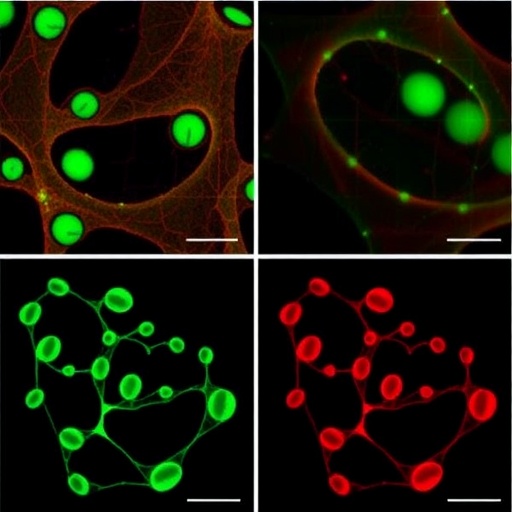
Maternal bone density decreases after childbirth, but only among women who lactate for at least four months. The lactation period is unrelated to vitamin D status. A PhD thesis at Sahlgrenska Academy has explored the issue.
The most important role of vitamin D is to help maintain calcium homeostasis in the body. According to some hypotheses, there is a correlation between maternal vitamin D status and bone density during pregnancy and lactation.
A recently completed PhD thesis at Sahlgrenska Academy, University of Gothenburg, identified an association between lactation period and bone density, though unrelated to vitamin D status.
No change in vitamin D status
"We hypothesized that levels of vitamin D might decrease among women with long lactation periods, given its presence in breast milk," says Petra Brembeck, a researcher at Sahlgrenska Academy. "But we did not identify any change in average vitamin D status during the first year after childbirth or any relationship between lactation period and vitamin D levels."
Exposure to the sun (extrapolated from the time of the year and travel to southern latitudes) and consumption of vitamin D supplements were the only factors that affected maternal vitamin D status.
Bone density decreased
The study did find, however, that bone density decreased by as much as 4% (particularly in the lumbar spine, hip and shin) during the first 4 months after childbirth, but only if the lactation period lasted for at least that long. If lactation lasted for at least 9 months, bone density was still below baseline when followed up at 18 months.
95 women
The study monitored 95 subjects for 18 months after childbirth. Maternal bone density and vitamin D status were both assessed at each appointment.
"A longer lactation period was related to increased reduction of bone density, whereas greater body weight shown the opposite correlation," Dr. Brembeck says. "Our findings also suggest that high calcium intake might have a protective effect against bone density changes."
Future research will require follow-up periods of more than 18 months to determine whether women who lactate longer full recover their bone minerals after weaning or whether the changes may increase the risk of fractures later in life.
###
Full thesis: https://gupea.ub.gu.se/handle/2077/39545
For additional information, feel free to contact:
Petra Brembeck, Researcher
[email protected]
Sahlgrenska Academy, University of Gothenburg
Facts about the study
The study included 95 pregnant women and 20 controls who were neither pregnant nor lactating. Each of them had five appointments from third trimester of pregnancy to 18 months after childbirth. They gave blood samples to determine serum concentrations of 25-hydroxyvitamin D and responded to a questionnaire about lactation and exposure to the sun. Their bone status was assessed each time postpartum with dual-energy X-ray absorptiometry (DXA) and high-resolution peripheral quantitative computed tomography (HR-pQCT).




